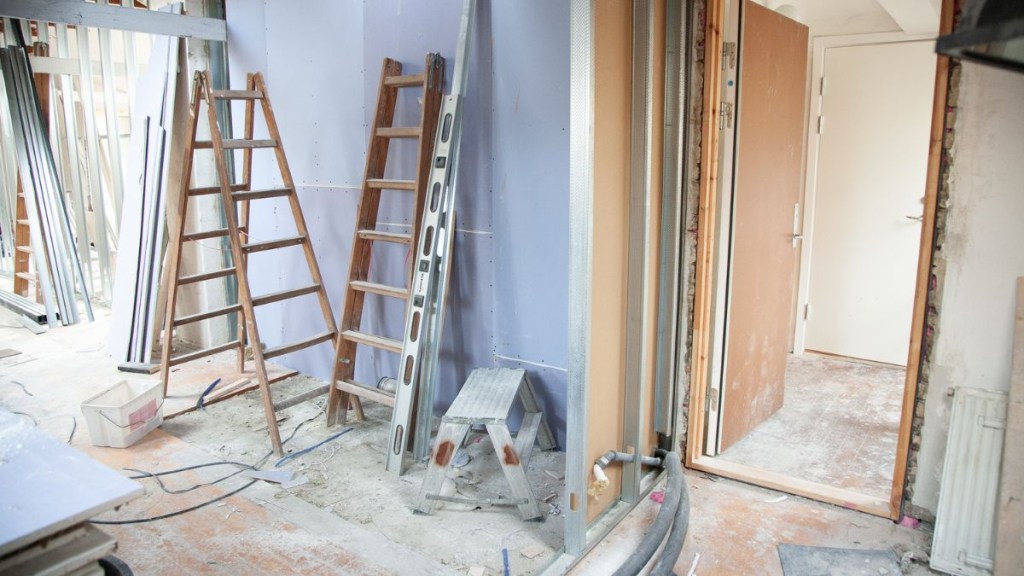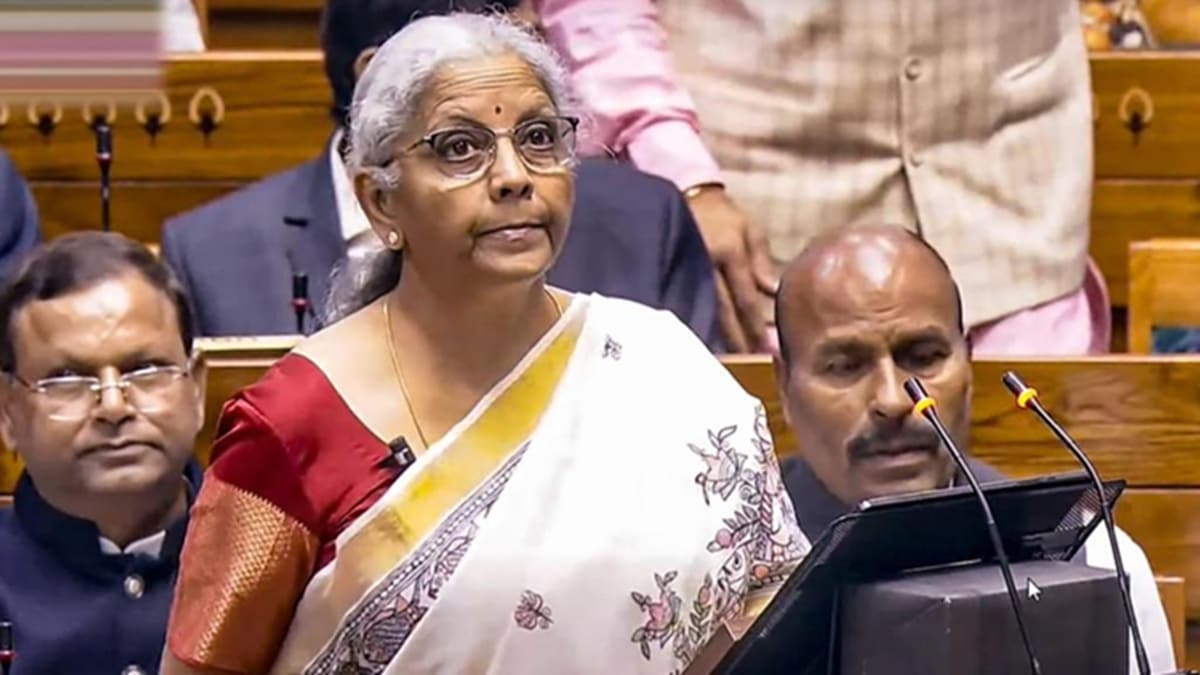When we talk about pollution in India, the focus is almost always on traffic, smog, and factory emissions. But what if the real danger is actually inside your home? Doctors are sounding the alarm over a silent, deadly threat that surrounds millions of Indians every day—asbestos.
Though banned in over 60 countries, asbestos continues to be widely used in India, especially in roofing sheets, insulation, water tanks, tiles, and even brake parts. As per a 2022 report by The Guardian, India currently imports 44 per cent of the world’s asbestos, with a 29 per cent increase in imports just last year, despite its well-known link to cancer and other deadly diseases.
“People assume they’re safe indoors, away from air pollution and vehicle exhaust,” says Dr (Col) S.P Rai, Consultant in Pulmonary Medicine and Sleep Medicine at Kokilaben Dhirubhai Ambani Hospital, Mumbai.
“But what they’re often breathing in is even more dangerous—asbestos fibres that you can’t see, smell, or detect,” he further said.
So what makes asbestos so dangerous?
Asbestos is a naturally occurring mineral made of tiny, needle-like fibres. These fibres are invisible to the naked eye and stay suspended in the air when disturbed, during home renovations, drilling, or even when old, worn-out material crumbles with age.
“When you breathe in asbestos fibres, they can get stuck in your lungs and stay there for many years,” Dr Rai explains. “Over time, they cause inflammation, scarring, and serious conditions like asbestosis, lung cancer, and mesothelioma, a rare and deadly cancer caused almost exclusively by asbestos exposure,” he further explains.
What’s even more troubling is the delayed onset of symptoms.
“Patients often come to us decades after the exposure with symptoms like chronic cough, chest pain, and breathlessness. By the time we diagnose it, the damage is usually irreversible,” says Dr Rai.
Where asbestos hides in Indian homes
Even though asbestos mining was banned in India in 1993, its import and use remain legal. As a result, many buildings, especially those built before the 2000s, still contain asbestos-based materials.
Almost every home in India contains asbestos. Common places asbestos may be found include:
- Old roofing sheets
- Cement water tanks
- Floor tiles
- Insulation materials
- Brake pads in older vehicles
The danger increases during construction or home repairs, when people unknowingly break or scrape asbestos materials, releasing the fibres into the air.
Workers face the highest risk
The most at-risk population? Construction workers, plumbers, electricians, and others in the informal sector. “There is no mandatory protective gear, no health monitoring, and zero regulation for asbestos-exposed workers in India,” Dr Rai says. “These people inhale the fibres daily, often without any idea of the risk they’re facing.”
According to estimates, India could see up to 6 million cases of asbestos-related diseases in the coming years, with over 600,000 cancer cases predicted if action isn’t taken.
So what can you do?
If you live in an older home or work in a building with ageing materials, don’t attempt to inspect or remove asbestos yourself.
“Please, don’t scrape, break, or drill into suspicious-looking materials,” says Dr Rai. “Call a certified expert to test and, if necessary, safely remove the material. Mishandling asbestos can turn a minor risk into a serious health hazard,” he further explained.
Here are some simple precautions to reduce indoor air risk:
- Get old homes professionally inspected for asbestos
- Avoid smoking or burning incense indoors
- Use kitchen exhaust fans and keep rooms well-ventilated
- Clean surfaces with a damp cloth to avoid stirring up dust
- Invest in an air purifier, especially in polluted cities
“Prevention is key. Sometimes, if asbestos is in good condition, it’s safer to leave it undisturbed than to remove it poorly,” says Dr Rai.
Health experts and activists are urging the Indian government to enforce a full ban on asbestos, including its import and use, just like over 60 other countries have done.
Until then, the responsibility lies with us to protect ourselves through awareness, caution, and action.
“When it comes to your lungs, silent threats like asbestos are the most dangerous,” Dr Rai shares. “We cannot afford to ignore the air we breathe, not outside, and certainly not inside our own homes.”
So if your house is old or undergoing repairs, get it tested. Because the air you breathe shouldn’t be a silent killer.








